fact

Seasons in the Abyss
My friend Eric moved to Los Angeles five years ago to become a rock star, only to learn that drummers and bass players in L.A. are unreliable, that nobody in L.A. goes to see live music and that the chicks in L.A. are all crazy. Once he got to wait at a stoplight behind Patricia Arquette, once Britney Spears came into the gym where he worked and one time a bouncer let him into a club ahead of Fabio, and none of these things made him famous.
.svg)
Scurvy: How a Surgeon, a Mariner, and a Gentleman Solved the Greatest Medical Mystery of the Age of Sail
Stephen R. Bown’s Scurvy: How a Surgeon, a Mariner, and a Gentleman Solved the Greatest Medical Mystery of the Age of Sail (Thomas Allen) is an excellent account of life and lingering death on the high seas during the age of empires and oceanic voyag
.svg)
Saqiyuq: Stories from the Lives of Three Inuit Women
The photographs in Saqiyuq: Stories from the Lives of Three Inuit Women (McGill-Queens), are plentiful but wretchedly printed, which is a sadness because this book of stories is so good that you want to return to the photographs again and again to se

Sacred Places in North America: A Journey into the Medicine Wheel
Notman's department store approach to photography is carried on in this century in the work of Courtney Milne, whose recent Sacred Places in North America, subtitled A Journey into the Medicine Wheel (Stewart, Tabori & Chang), represents the fruit of
.svg)
Burma Media Event
Once while living in Burma (now Myanmar), Goran Simic and his brother, whose father was the Serbian ambassador, were stopped by rebels on their way to the international school in Yangon. They were hauled out of their diplomatic Mercedes limousine and forced at gunpoint to witness the beheading, at the side of the road, of a uniformed Myanmar government official.

Natural History
It started with a note I found tucked into an anthology of poems edited by Selden Rodman, a book I opened rarely, though there was a time when I was young I had read it so closely and so many times I had most of the poems memorized. The note lay in the spine of the book against a poem of Arthur Rimbaud's titled, I think, "The Twelve-Year-Old Poet." On it are four names printed out in my sure and youthful twenty-one-year-old hand: Baghdad, Koweit, Sakakah, Jaffa.
.svg)
Sitting on Water
During my thirty years living on the waterfront of British Columbia, I have always had some sort of container in which to sit on the water. My first boat was a ten-foot dinghy that my late husband John Daly, a commercial salmon troller, equipped with a small electric motor to surprise me. He had the bizarre idea that I, a sometime canoeist from Ohio, could manoeuvre a boat on my own around our capacious Pacific coast harbour. The electric engine would be ideal for me, he thought. No rope to pull to start it up! No gasoline tank on board!

The Real Woman
And then I remembered an important event. It happened at a funeral in St. Paul’s chapel for a twenty-four-year-old prostitute who had overdosed in her Gastown hotel room. The small chapel was half full, and very quiet. There were a couple of fresh flower arrangements in front of the cheap, closed coffin. Most of the congregation were other prostitutes dressed in their working clothes, and a few pimps. One woman apologized to Brother Tim for having nothing black to wear, except for lingerie and a leather miniskirt.

The Main
Last summer, during a visit to Vancouver, my nine-year-old son climbed the pediment of a cast-iron traffic-light standard and put his palm on the glowing hand that warns pedestrians to stay put. My mother pointed out afterwards that my photograph of the event contained its own French caption, in the word visible over his shoulder: main.









































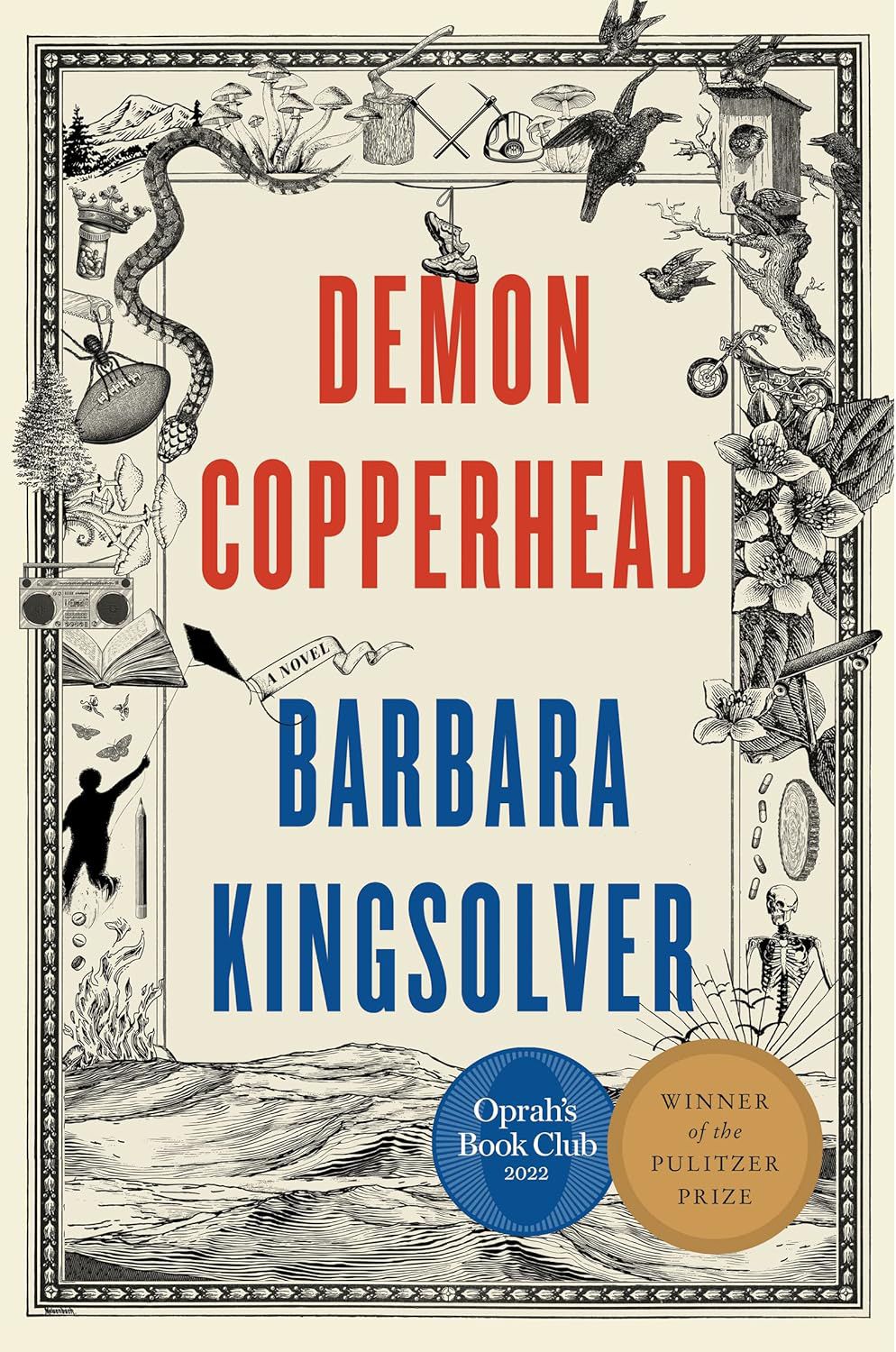


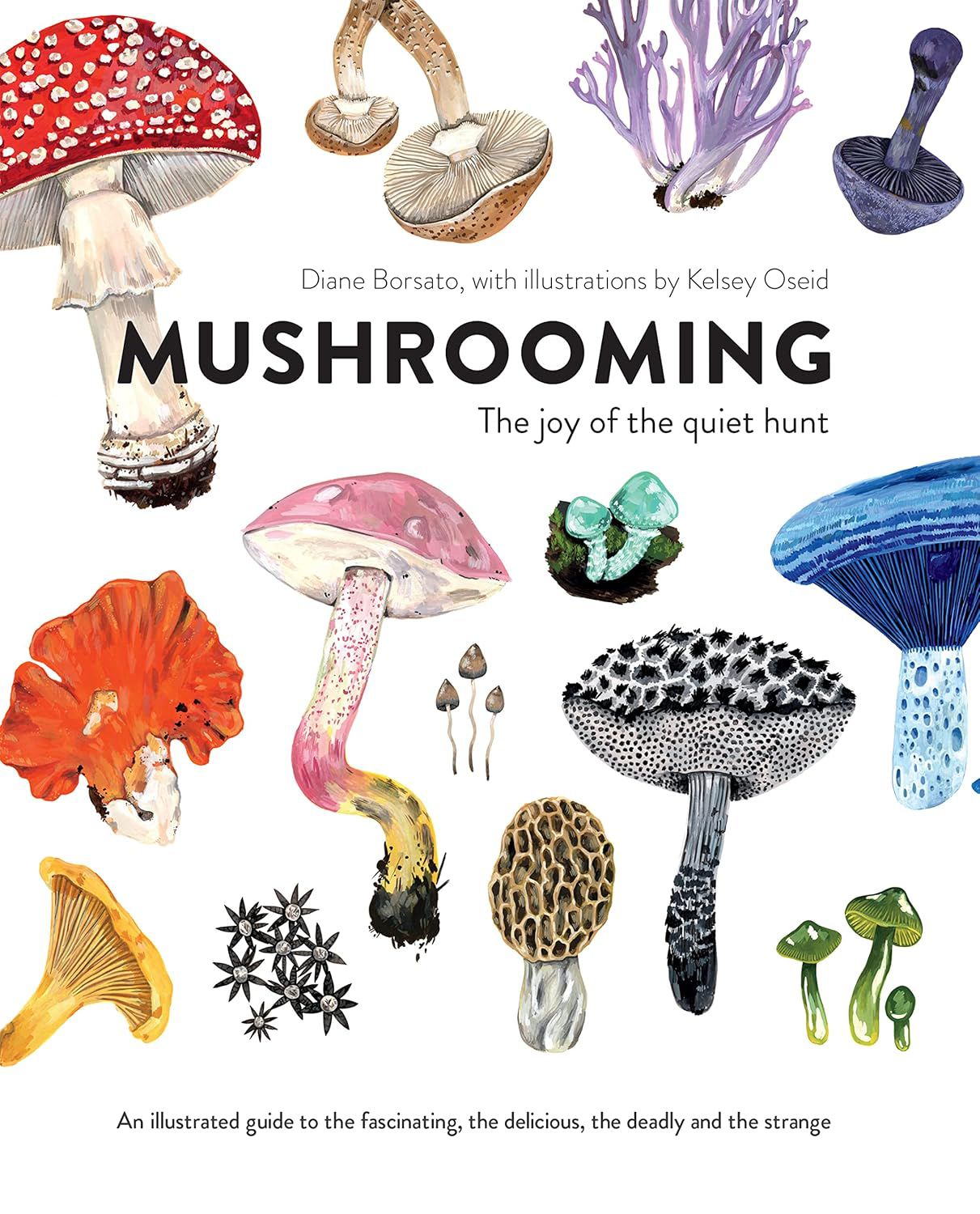

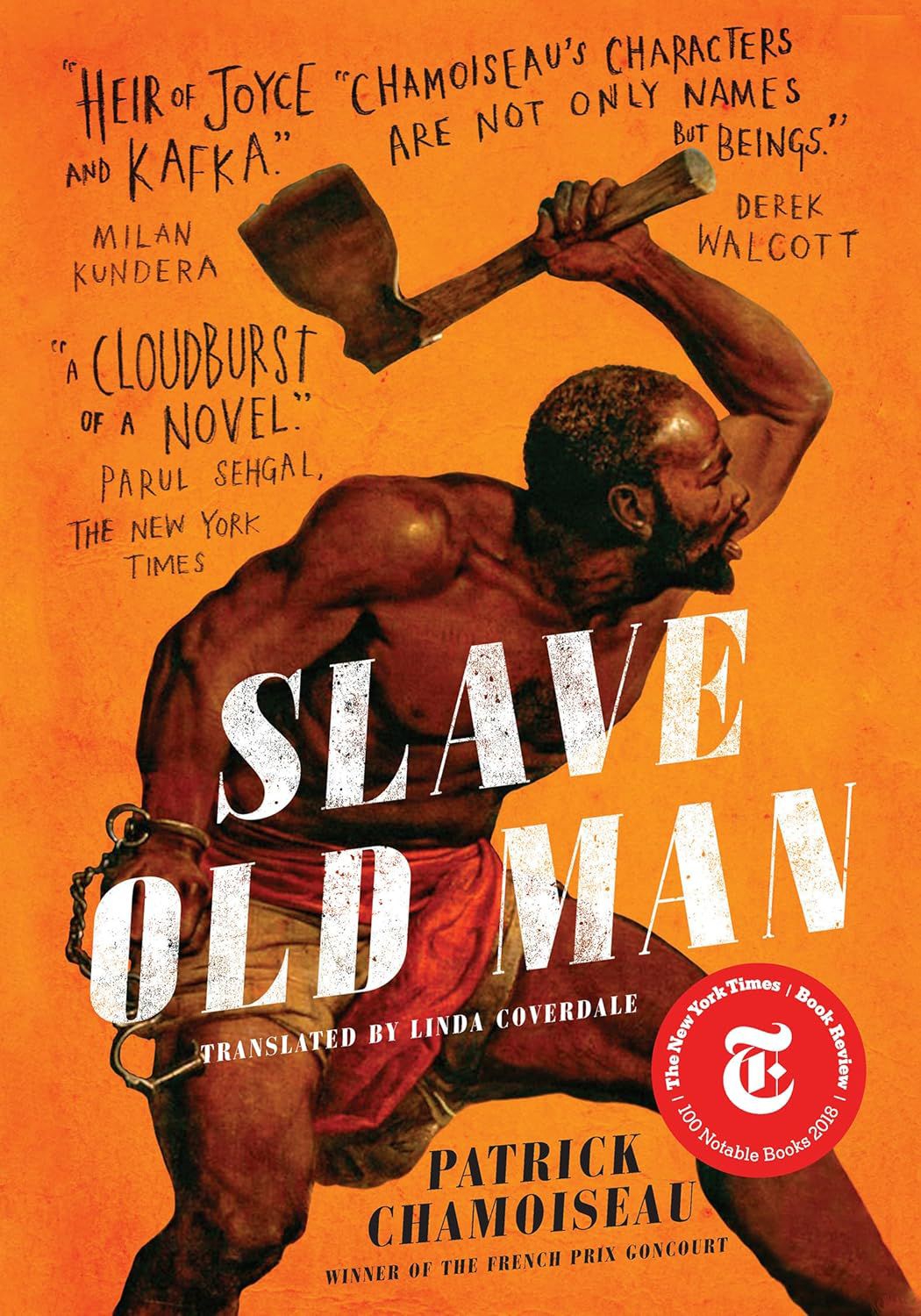
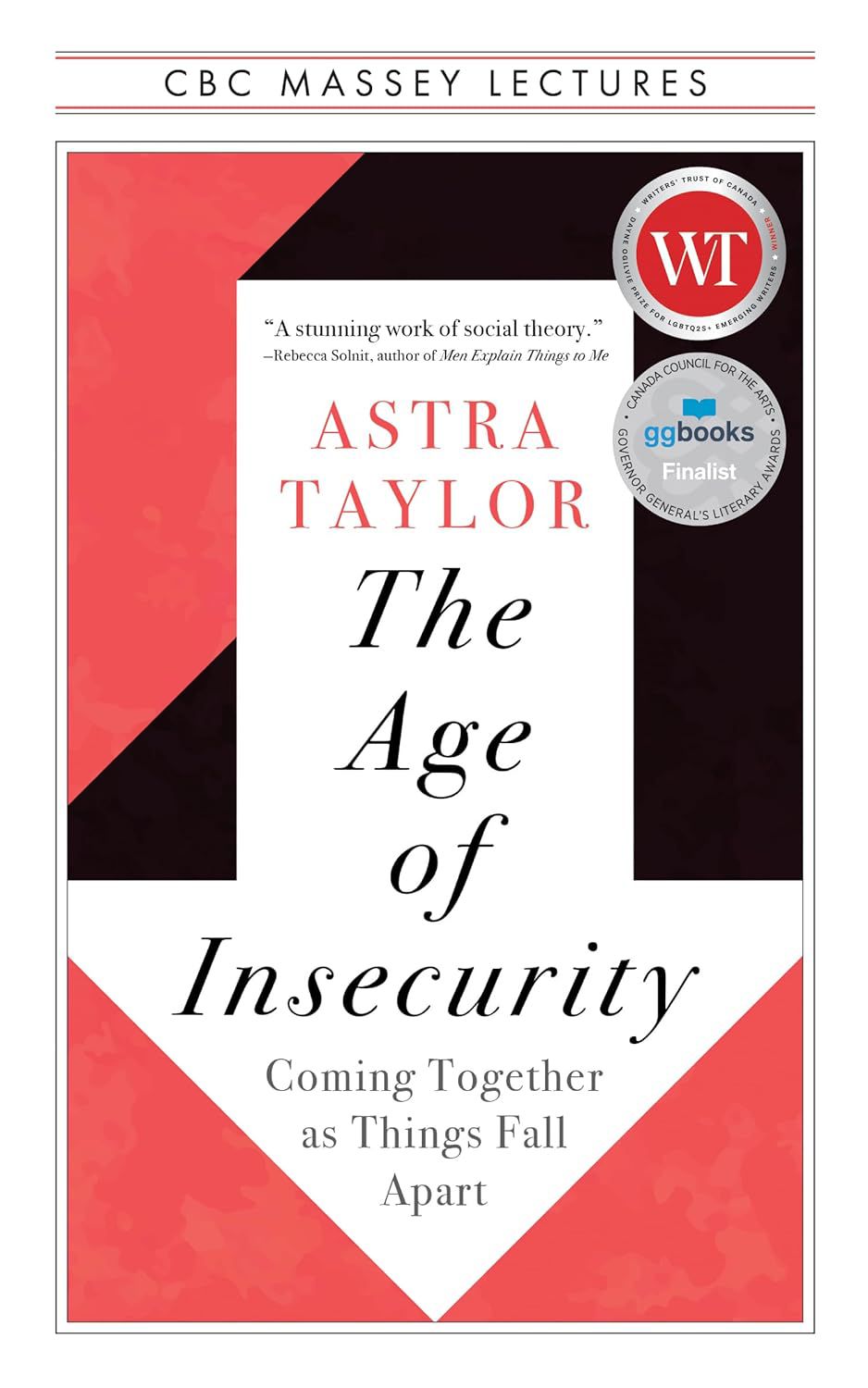

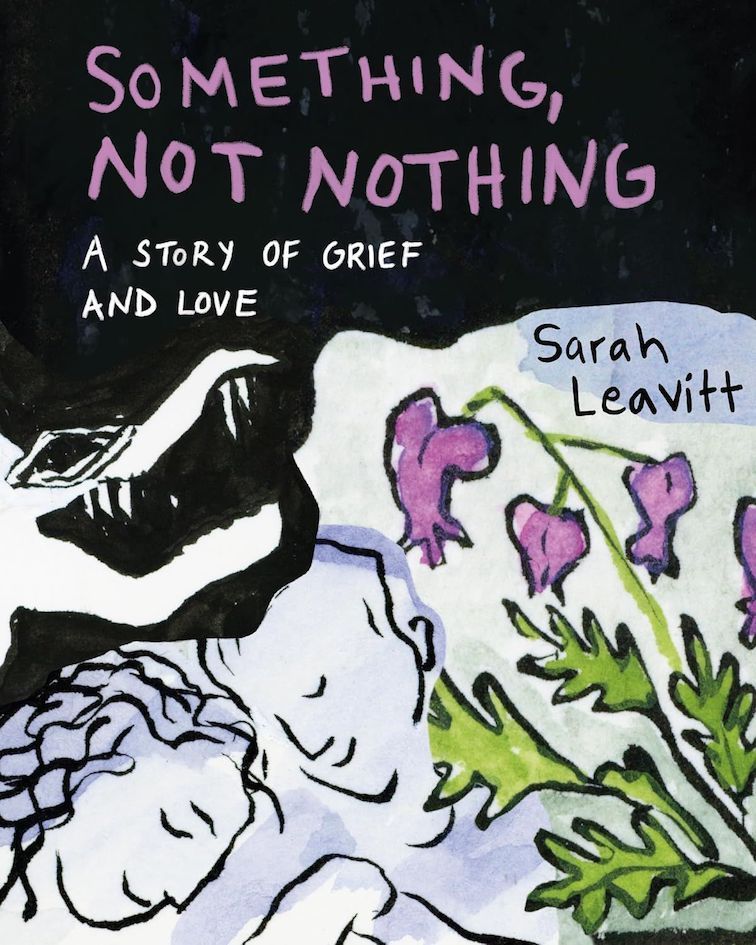





























.jpg)
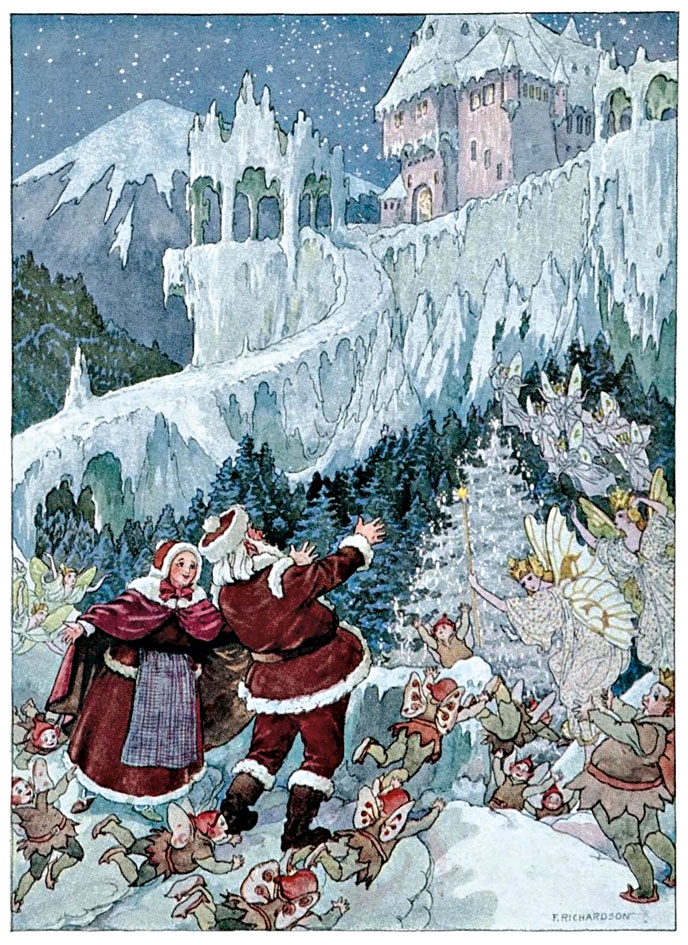


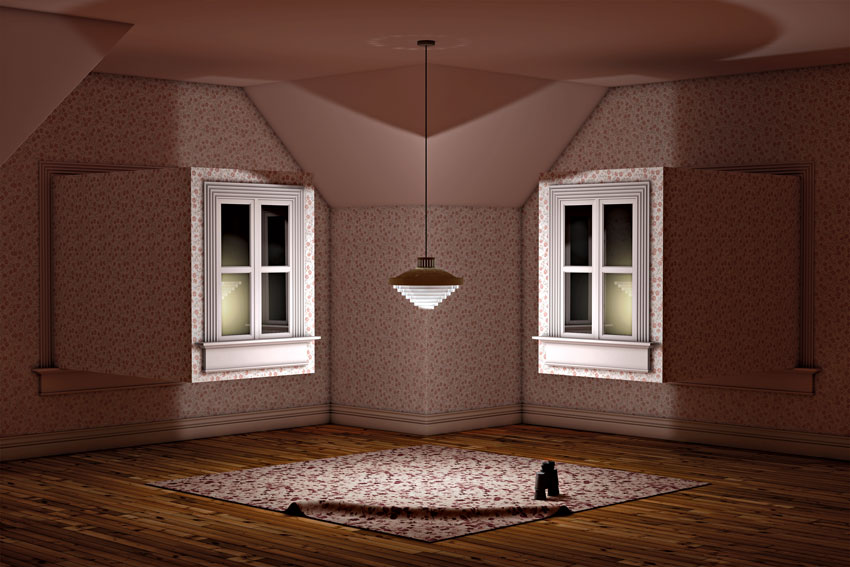



.jpg)